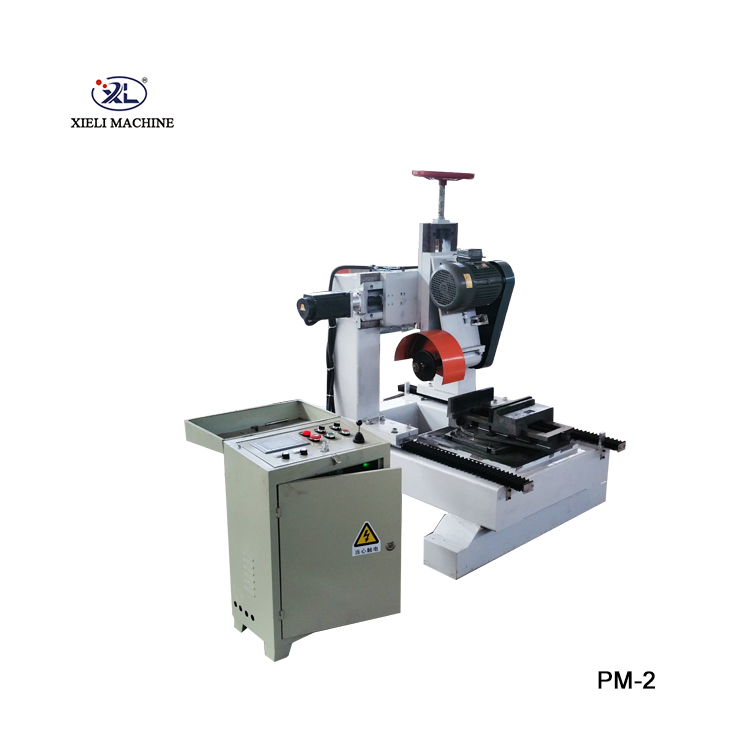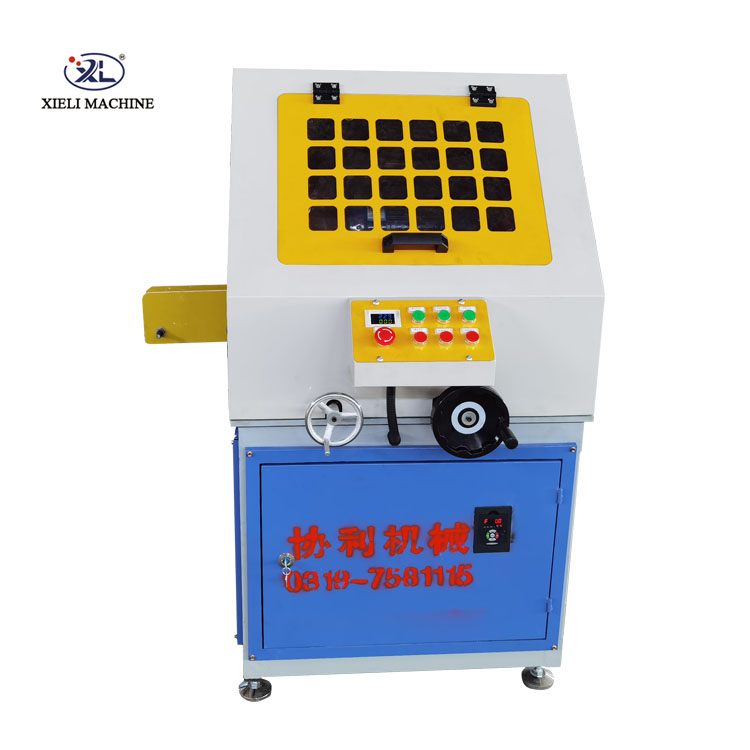For More Details Pls Contact Us
Fiberglass Reinforced Plastic (FRP), also known as fiber-reinforced plastic, is a composite material widely used across various industries.
Select The Product You Need

Small Flat Polishing Machine Metal Plate Deburring Polishing Machine Manufacturers

Electric button to adjust the round steel tube polishing machine
Follow Our Blog